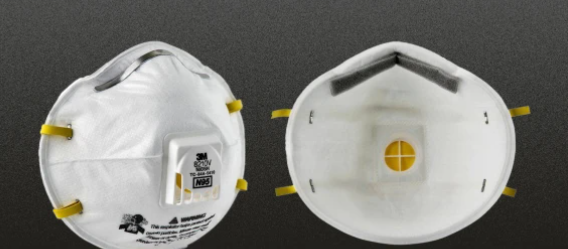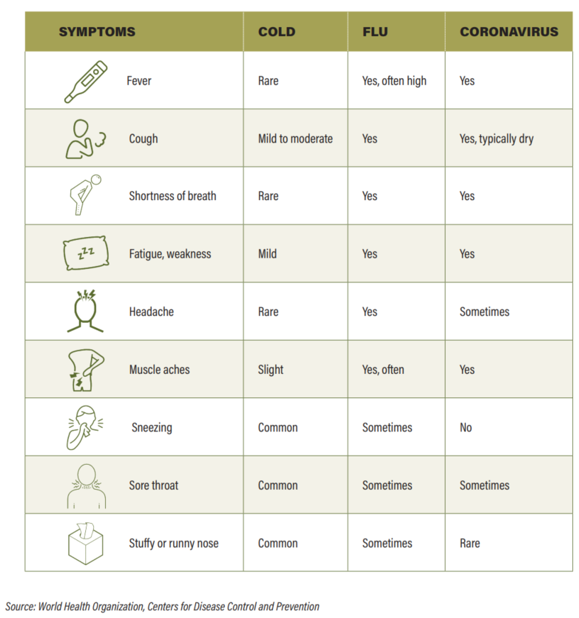A Protocol for Reopening a Non-Customer Facing Office (Phase II Protocols)
We have blogged about checklists for returning to work and the models available to bankers to decide when to call employees to the workplace. In this article, we describe specific protocols for returning employees to a bank office, which will have no customer interaction – a much easier protocol than a bank branch reopening to foot traffic. We will step through a simple common-sense plan in hopes of supporting your efforts.
Conditions To Reopening
First, any workplace reopening must be condoned by local and state governments. Therefore, there should not be a city, county, or state rules or orders that prohibit the reopening of the office. For example, in some counties, the shelter-in-place order has been extended with some reduced restrictions. These relaxed restrictions do not apply to a general, non-essential office; therefore, we intend to wait until our state and county allow a similar office to reopen, despite banks being an “essential service” in many counties.
The CDC guidelines define the objective of Phase I of the Covid-19 epidemic response as the period during which the spread of the epidemic is slowed – this is our current Phase. During Phase I, employees are asked to work from home if possible, and many businesses are closed, or their services are limited. Most banks will not open until at least Phase II. During Phase II, many state and local governments will allow businesses to reopen with physical distancing measures and limitations on the number of employees in the office. Most bank reopening plans consider the physical spacing in the office, administration of personal and shared-space hygiene, medical testing, and other prophylactic measures.
A Proposed Protocol
Given the above, and our four-test conditional model previously discussed, we can propose the following protocol for non-customer, bank offices.
First, our protocol to reopen is dependent on state and local government removing restrictions on occupying our office. Second, our proposed plan continues to emphasize teleworking for any employee that prefers to do so. Third, employees will not be pressured by management to return to work, and management will restrict colleagues pressuring each other to return to work. Fourth, this protocol applies to a non-customer facing office – outside parties, to include customers, vendors, and non-approved maintenance personnel will not be allowed to visit the office until a later date, and that will subject to a different protocol.
Physical Arrangement
All employees must remain at least six feet apart. In most offices, these means avoid using every cubicle and restricting conference, break, and common area gathering. Most banks under this protocol have moved to a staggered seating plan so that not all desks are used every single day. For example, if two employees want to come into the office and their seating arrangements were less than six feet apart, one of those employees must sit at a different desk if both want to be in the office on the same day. Some offices will have the luxury of not having anyone desk shared by multiple employees on consecutive days; others may not.
To avoid accidental contact, if your office layout allows, designated one door to the office strictly for ingress and the other strictly for egress. Not all offices will have that luxury. We have further strongly discouraged the use of public kitchen space. Employees are encouraged to eat at their desks. However, consumption of coffee, tea, and other beverages cannot be avoided at work. We have designated one proctor to manage kitchen appliances to brew coffee and tea to prevent employees from self-serving. Individual employees will handle their own cups and lids, and the proctor will not touch those items. The proctor will dispense beverages into those cups. Our goal is to the extent possible to keep employees within their work stations, maximize the distance between all employees, and restrict interaction at common areas such as the kitchen or water cooler. Where possible, building management cleans and disinfects the restrooms, and employees substitute for additional cleaning as needed.
Testing and PPE
To the extent you can coordinate with a nearby lab, hospital, or healthcare provider to handle testing, that is recommended. Some large offices are looking into getting their own testing equipment. Getting back to work means ready access to testing should an employee suspect that they could be infected or they have been infected in order to confirm the antibodies. While the efficacy of antibody test remains to be seen, it is only a matter of time before we know not only how effective these tests are, but the antibody titer level that is necessary to confer such immunity.
Outside of testing, most banks plan on asking all employees to take and record their temperatures every morning before stepping into the office.

All employees will be required to wear an effective mask – one without a valve like the above as those were not designed for medial use. The closer the proximity the employees and the more employees within a confined space, the higher your mask requirement should be. For larger and more densely packed offices, requiring an N95, N99, or N100 mask has become the standard.
Should those masks not be available, then it is questionable if you should be calling employees back to the office. For offices that can ensure proper social distancing, then utilizing a surgical or cloth mask is at least effective at limiting the spread of contaminated airborne droplets. Any office that opens should at least make available surgical face masks for office use if employees need them.
Employees are also asked to avoid coming to work if they feel sick, have a morning temperature above 100.4 F, or exhibit any of the other symptoms listed below.

Disinfection and Cleaning
Our office and restrooms are cleaned and disinfected by building management nightly. However, employees will also be required, at the beginning and end of each shift, spray disinfectant and wipe personal work areas (desk, keyboard, mouse, and seat). Employees will be given their spray bottles and wipes, and they will retain that particular material at their work stations. Employees will be asked to wash their hands at least at the beginning of their shift, and every time they reenter the office. Soap and hand sanitizer will be provided in the kitchen, and by the entrance door, but employees must bring their own personal towels to dry their hands. Employees will use their own pens and computer equipment without sharing.
Social Management
Employees are encouraged to telework if they can, and working in the office is optional. How long that will last is dependent on the length of Phase II and onset of Phase III – this could take several months or possibly a year or more. Most bank business models are fortunate to be suitable for telework, and productivity is not expressly negatively impacted because of our remote work. However, some employees have expressed a strong desire to come back to the office, while others are hesitant to do so for now. We manage the social aspect of reopening the office in the following manner:
- No employee is pressured to come into the office – doing so is a personal choice.
- Employees need to designate whether they want to go into the office and on what days.
- Each employee’s decision will not be shared with colleagues. Obviously, an employee can see who is in the office when they are present, but we will not share with other employees who chose to work in the office and who chose to work remotely.
- All employees are given the option to change their minds about their work location – some may choose in the future to come into the office (assuming we can continue to abide by our protocol), and some may choose to discontinue working in the office and choose to work remotely.
We want to ensure that employees are not pressured by management or colleagues to make a decision on their place of work. Some employees have pre-existing medical conditions, or have family members that do, or lack childcare, or do not have non-public commute options that make telework more comfortable. We are trying to create a safe option for employees that want to work from the office to do so.
We will also share the protocol with employees in writing and create signage inside the office that covers the basics of the protocol for easy reference.
Conclusion
Despite our protocol, we know that cross-contamination is unavoidable. Banks are taking a risk in allowing employees to return to the office. However, the progress to normal business and normal life will not be like flipping a switch. Instead, it will be a gradual process that may, unfortunately, require retracing of the progress we make. The critical element here is to balance the risk with the reward. Progress in the fight against the pandemic and return to our prior cadence of life can be achieved faster with planning and a protocol appropriate for the specific office and the specific phase of the fight against this pandemic. If we do not undertake a plan a return to normal life, it will take longer for life, as we remember it, to resume.

